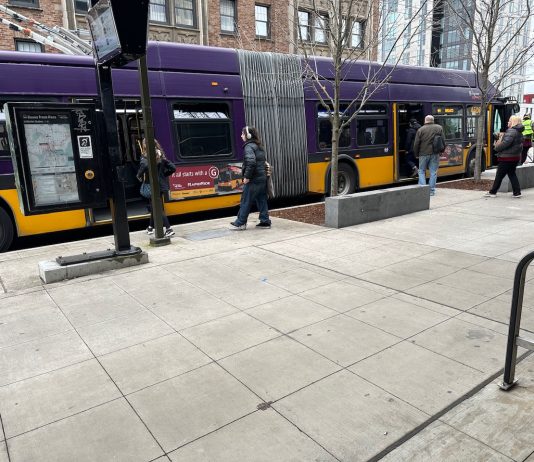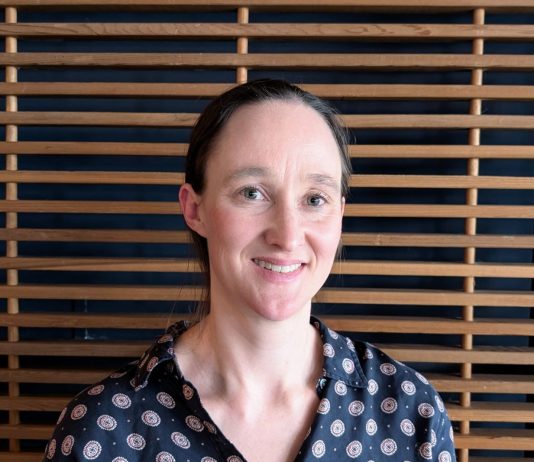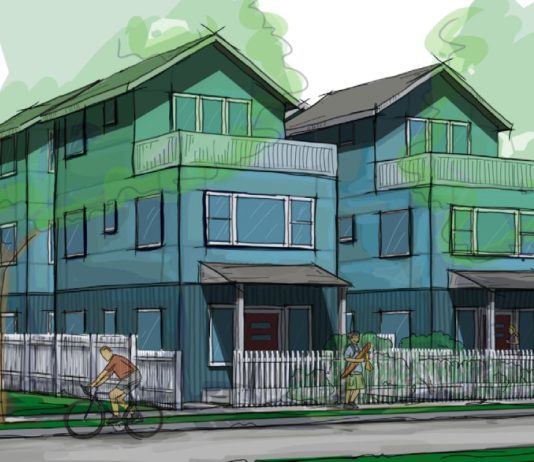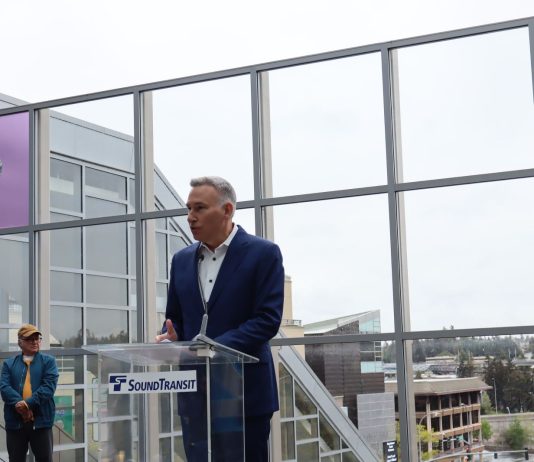The rent stabilization bill that the Washington State House approved this week scaled back other protections for renters, including a cap on move-in fees and late fees. The bill now heads to the Senate.
King County Metro has added ORCA transit card readers at all doors on nearly 75% of its bus fleet and has a goal of finishing work by the end of the year. Until it does, Metro said all-door boarding is officially not permitted outside of RapidRide lines and Third Avenue. However, some riders have started anyway.
Last week Seattle City Council heard from some of the groups most vulnerable to the new Trump administration: those representing LGBTQ+, reproductive, immigrant, and workers’ rights. This begins their examination of potential federal impacts on Seattle, which could include power outages and shuttered research programs at the University of Washington.
Transit Riders Union leader Katie Wilson jumped in the race to be the next mayor of Seattle today. Our interview with Wilson covers what's motivating her to run and how she would deliver results where Mayor Bruce Harrell has failed.
An interim ordinance will allow Seattle to meet a state deadline, and decide how to allow four and six units on residential lots around the city. But exactly how to do that will likely be a hotly debated issue on the city council.
The Sound Transit Executive Committee approved a secret "Candidate C" as its CEO pick today. It's unclear if that candidate is King County Executive Dow Constantine or another finalist. The committee will seek to negotiate an employment contract and formally approve the hire at the agency's full board meeting on March 27.
Last month, actor and union representative Ry Armstrong jumped in the Seattle mayor's race, arguing Bruce Harrell is dropping the ball on a plethora of issues. In their interview with The Urbanist, Armstrong explained what they'd do differently.
For the last 30 years, Seattle has adopted an urban village approach to growth that has reserved 75% of the city for single-family zoning while concentrating growth into walkable urban centers. This has created de-facto housing segregation, where many people with disabilities can reside only in the minority of neighborhoods classified as urban centers, which are made expensive by their rareness.








